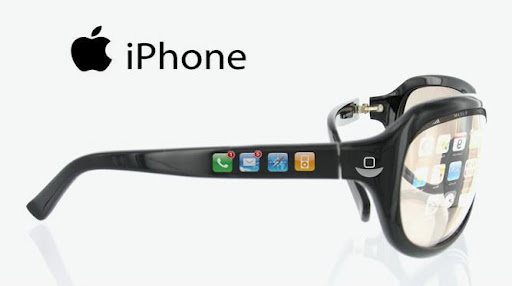Rewind to the year 2013 when McKinsey Global published its paper on 12 transformative technologies that will impact “business, life and the global economy”. Viewed five years later, the report is affirmed with startling accuracy since advances in mobile Internet, AI, IoT, Cloud, Robotics, Autonomous Driving, Next Generation Genomics, Renewable Energy, and 3D Printing is indeed changing life as we knew it to something digital, connected, convenient and thoroughly functional.
When HP entered the printing industry, Canon and Epson were the top performers and HP printers were considered to be less innovative than the top performers. However, that changed since 2014 with HP’s focus on 3D printing. HP now leads the pack and in fact, according to Forbes contributor, Patrick Moorhead HP’s printing division “represents 35% of HP’s revenue and 70% of its profit”. Whether in black and white or colored, the NEW HP Jet Fusion 500/300 Series 3D Printers makes prototyping and production fast and accurate. There is a model suitable for your needs, the complexity of operations and size of the enterprise. In its infancy, consumers could only imagine applications to be in interior decor, jewelry, fashion, and tech. Currently, 3D printing is used not just to economically produce prototypes and hasten the design cycle because it allows you to “create, test, and iterate in just hours”. HP 3D printers can now produce intricate thermoplastic parts with accuracy – even for sensitive medical gadgets.
3D printing could have meaningful impact on certain consumer product categories, including toys, accessories, jewelry, footwear, ceramics, and simple apparel.” They predicted that “global sales of products in these categories could grow to $4 trillion a year (at retail prices) by 2025.”— HP report
What HP did to transform the industry and gain market leadership was take 3D printers from prototyping to mainstream 3D printing scalable to your demands. This was barely two years ago but already, the demand for production-grade parts is expected to grow logarithmically, as predicted by Mckinsey. Already, it can produce polymer parts traditionally made of metal at only 20% of the cost and has been mainstreamed into the production industry. Clearly, printing has moved from crafty consumer goods to the production of a record 3 Million Multi Fusion parts last year that included:
- medical gadgets
- prosthetics
- orthopedics
- helmets
- cameras
- car parts and others.
The success of the]itechnology is a fusion of design, materials, and software. It has proven so successful that HP itself re-designed the manufacturing of its products around this technology with about 50% of parts created using the 3D printer. It has also impressed end-users who comprise 50% of its market with its precision and strength. Already, HP has moved from producing the printer to manufacturing the end-user products, all on account of impressive customer satisfaction and burgeoning demands.
According to the HP site, the top-of-the-line HP Jet Fusion 3D 4210 Printing Solution can produce “engineering-grade parts at up to 65% lower cost and up to 10 times faster” for up to 1000 parts per week. The mid-range HP Jet Fusion 3D 4200 Printing Solution is good for up to 699 parts per week at half the cost and ten times the speed. The newest model, HP Jet Fusion 500/300 Series 3D Printers is perfect for “product development teams, design teams, and universities”. The next question is whether it could be affordable for you and me; definitely crossing my fingers for that eventuality!


















